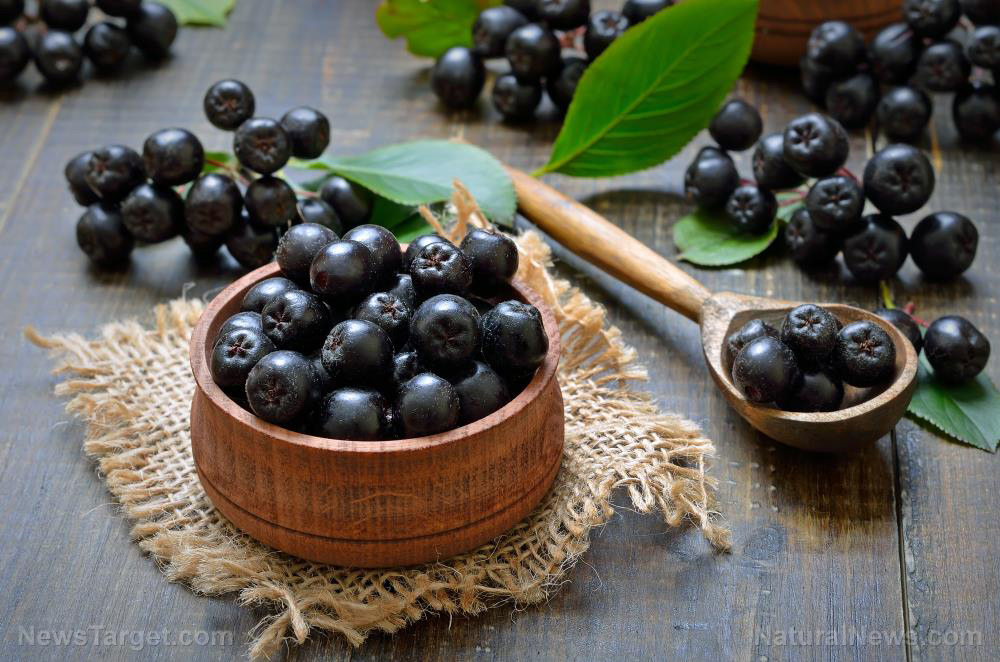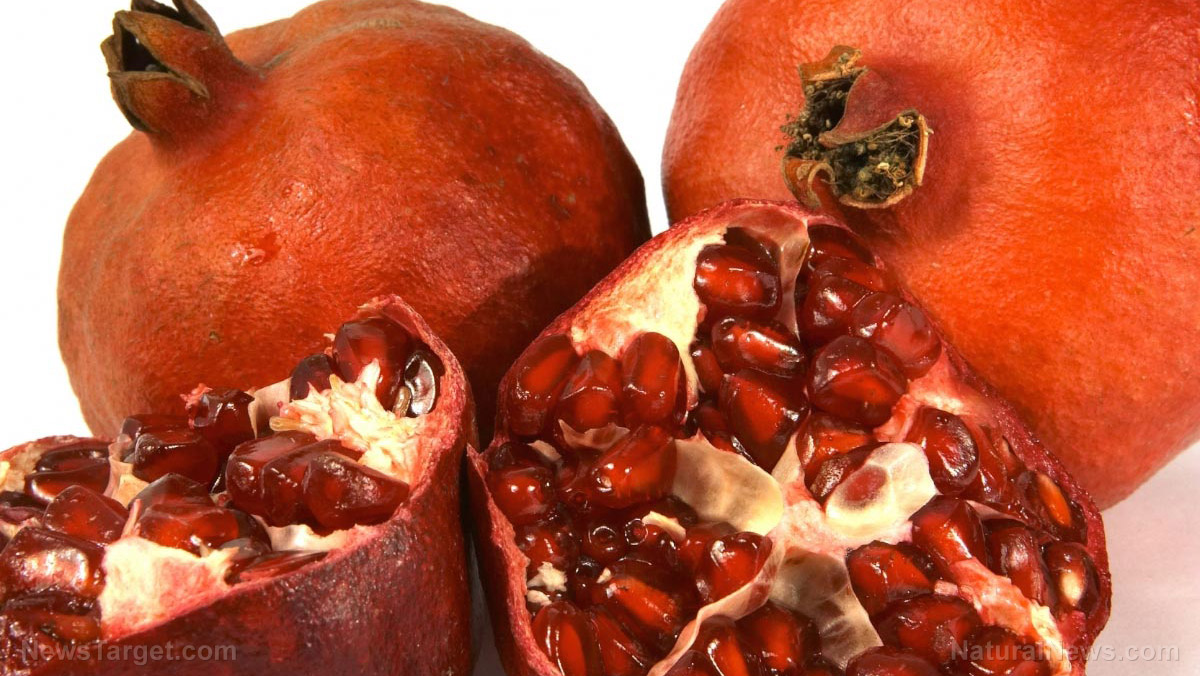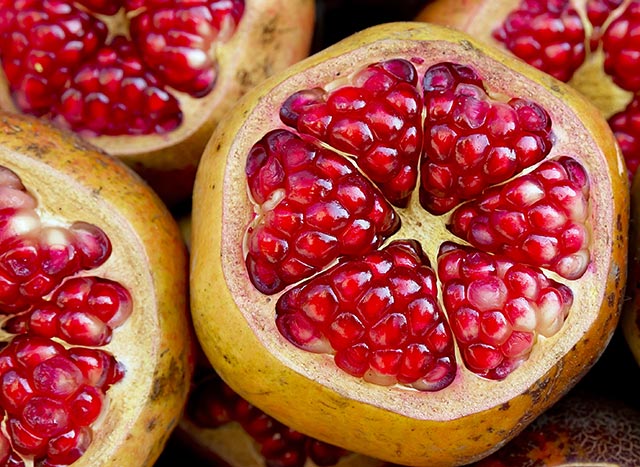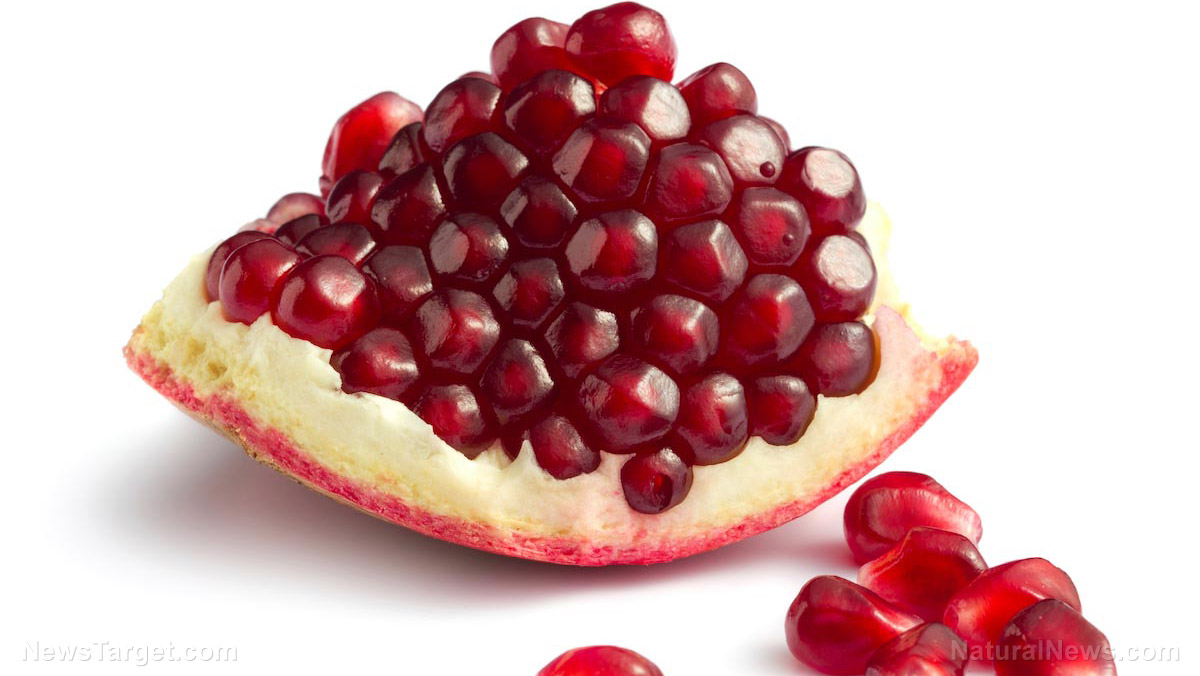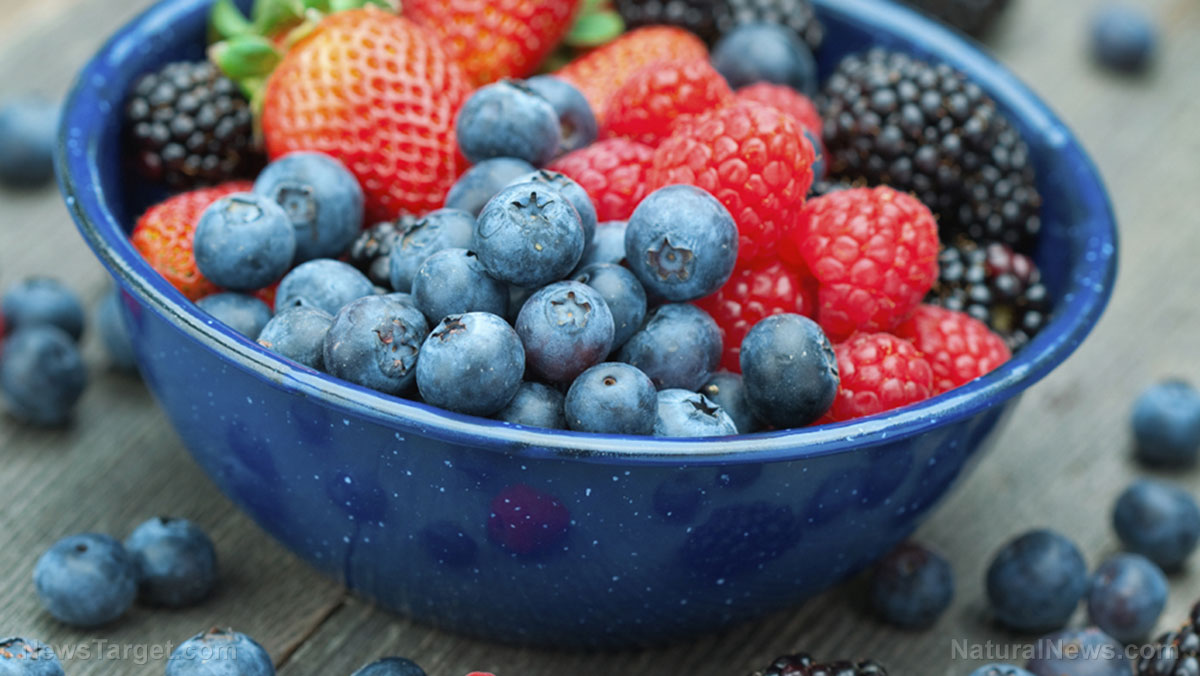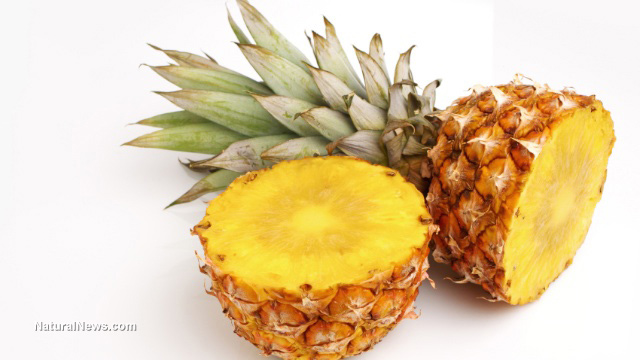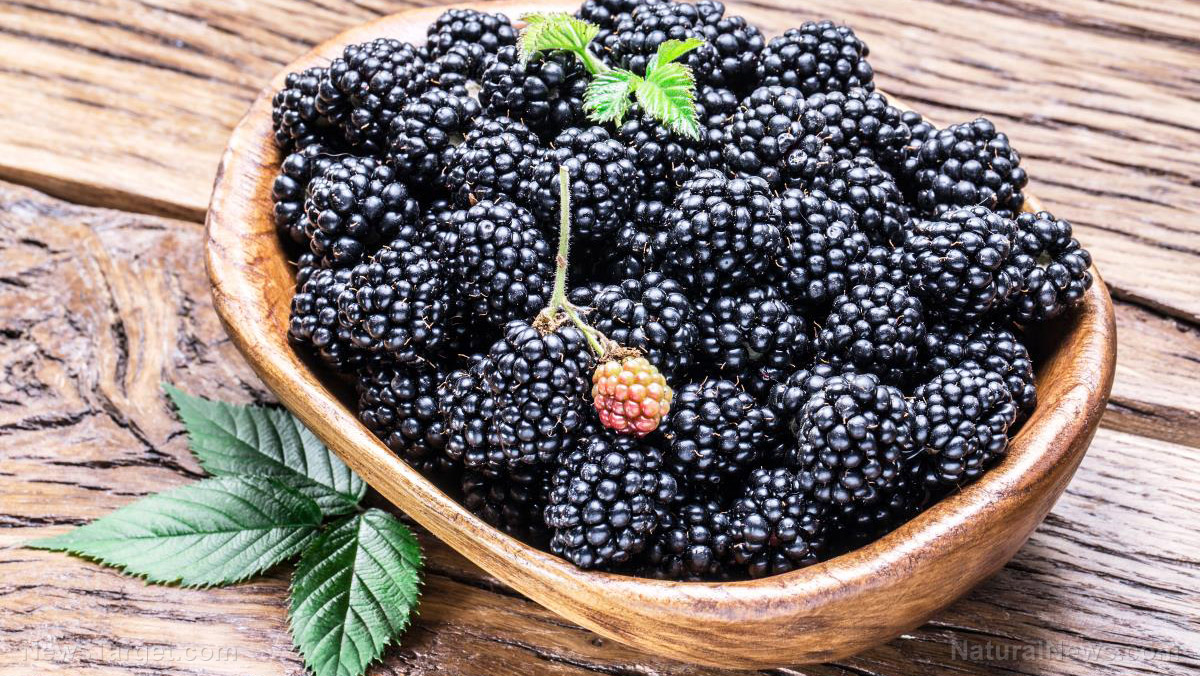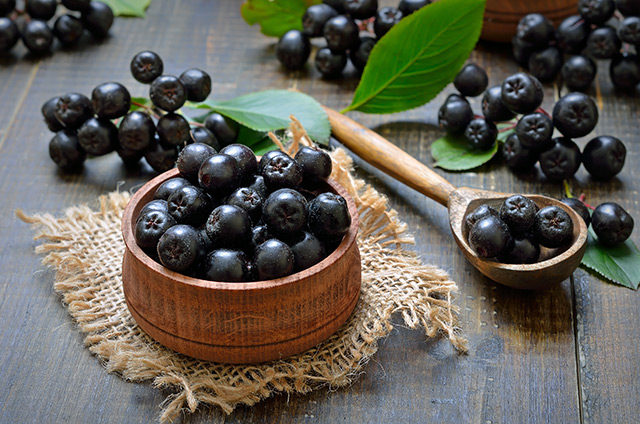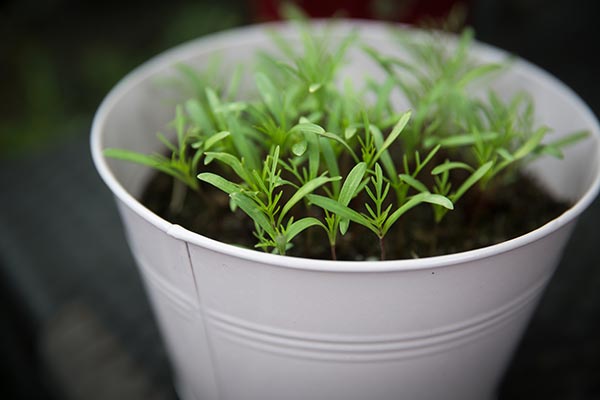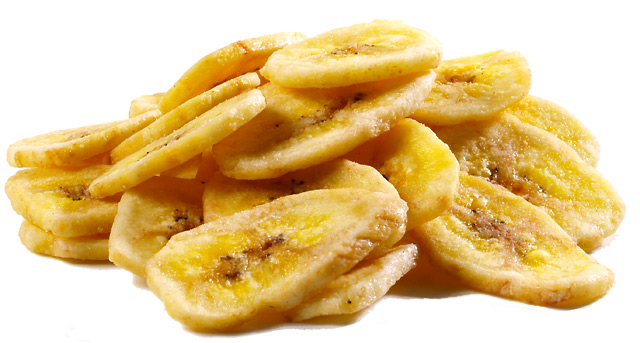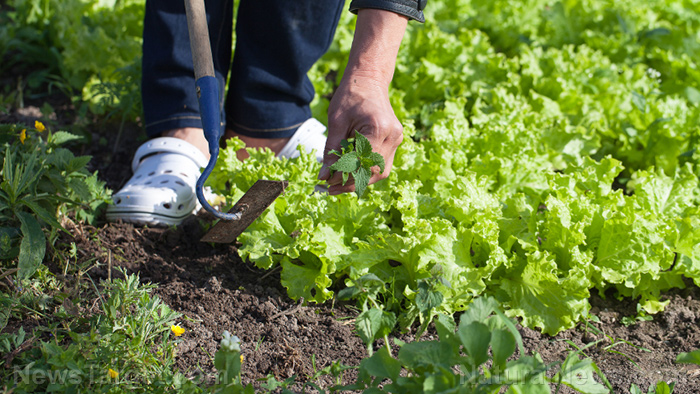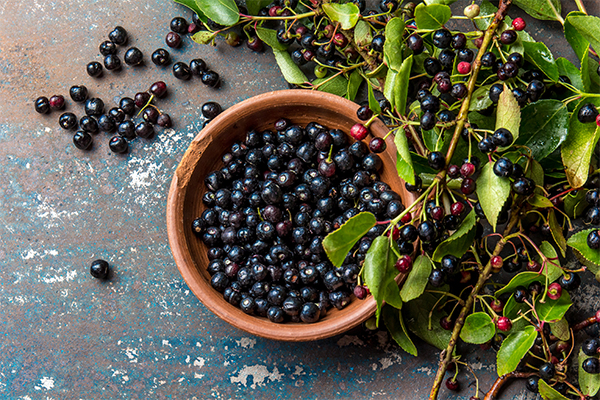Canadian farmers report MASSIVE crop damage from heatwave
07/21/2021 / By Ramon Tomey
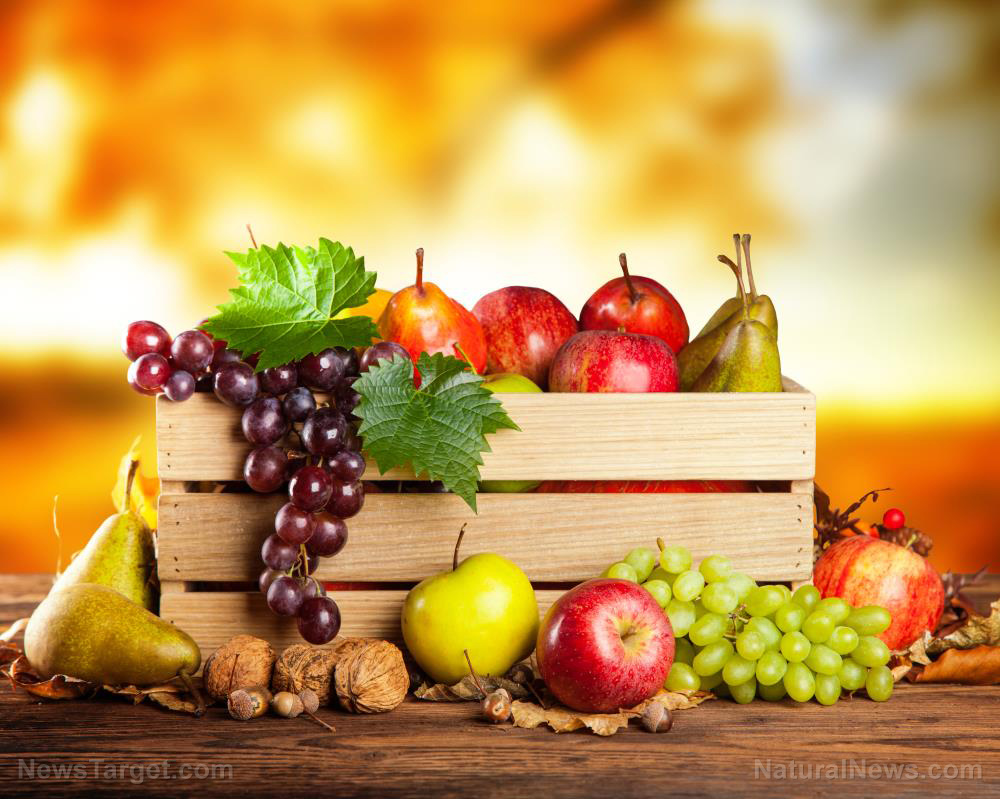
Canadian farmers in different provinces reported massive damage to their crops as a result of a heatwave in the country. The heatwave caused many areas to record searing temperatures in late June 2021. Aside from damaging crops, it also caused the deaths of many people and triggered wildfires across the region.
Fruit growers in the province of British Columbia (BC) said the heatwave reportedly “cooked” fruits while still on the branch. BC Fruit Growers Association (BCFGA) President and orchardist Pinder Dhaliwal told the Canadian Broadcasting Corporation: “It seems like somebody took a blowtorch to [the fruit] and just singed it.” He described the cherries affected by the heatwave: They became brown in color, with burnt leaves and dry stems.
According to Dhaliwal, 50 to 70 percent of cherry crops were damaged in the heatwave. He added that apples, apricots and other stone fruits also reported damage – albeit to a lesser degree. “The overall financial impact is going to be great on the farmers,” Dhaliwal said.
Prior to the heatwave, the cherry crop was shaping up to be one of the best. However, the heatwave’s arrival caused the Okanagan and Fraser valleys – BC’s two major fruit-growing regions – to see multiple days of temperatures above 40 degrees Celsius. Dhaliwal added that the high temperatures in both daytime and nighttime gave no room for the cherries to cool down. He mentioned cherries that looked good outside yet felt hot right to the pit as an example of this.
BC Cherry Association President and fruit farmer Sukhpaul Bal also shared Dhaliwal’s sentiments. “It’s just so discouraging to see that this heatwave came in and literally cooked a lot of the cherries,” he lamented. Bal noted that this is the third year in a row where extreme weather events damaged the cherry crop, following torrential rain in 2019 and a cold spell in early 2020.
Bal said his cherry harvests are discolored and have burnt skins. While damaged fruits could still be made into juices, he remarked that most of his cherries are too damaged to even be used for juices or purees. “It’s not pretty, it’s not something that can be marketable by the time we get to harvest those cherries,” Bal continued.
The fruit farmer now looked to his remaining cherries that are still in good shape. But Bal noted that he will have to see how the fruits ripen as the heatwave continues.
Damage from the heatwave spared no fruit
Raspberries and blueberries growing in the Fraser Valley also bore the brunt of the heatwave. These included the fruits growing at David Mutz’s farm in Abbotsford, located east of BC’s capital Vancouver. “The plants are literally just cooked. You can pull the leaves off and they just crinkle in your hands,” he said.
According to Mutz, the three-day period between June 26 and June 28 caused the most damage to his crops. He estimated that 75 percent of his early raspberry crop and between 10 and 30 percent of his blueberry harvest are of such poor quality that they can only be used for juice. Nevertheless, Mutz expressed optimism that the later raspberry season – to last until October – will be profitable.
While the Canada heatwave impacted cherries and berries, grapes have been left largely unscathed by the heat. But this did not mean that they were safe, as the resulting wildfires also left their mark on the fruits.
BC Grape Growers’ Association President John Bayley said the grapes he grew survived the heatwave. However, he added that they may get a taint of smoke due to wildfires in the state’s interior. “They’re more susceptible to receiving those compounds which give you the smoke taint characteristics. There’s no way to really determine to what degree they will be present in wine – it depends on the length of time the smoke is present [and] how intense the smoke is,” Bayley explained.
According to the BCFGA, many farmers have crop insurance for heat stress – but the compensation is much smaller compared to the earnings from sales of healthy crops.
Farmers in Saskatchewan province have also suffered from the heatwave. Because of this, the provincial government permitted additional irrigation subsidies. It also allowed damaged crops to be converted into livestock feed. Saskatchewan Agriculture Minister David Marit confirmed the moves in a July 14 press release. The statement said: “When crops are severely damaged and the appraised yield falls below an established threshold level, the yield is reduced to zero.”
Marit remarked: “Agriculture is a vital part of our provincial economy and we are taking steps to support producers through this extended period of dry, hot conditions.” He added that the Saskatchewan Crop Insurance Corporation “is working with customers to ensure damaged crops, intended for harvest, can be put to an alternate use.”
FoodCollapse.com has more articles about the effects of extreme weather on fruit crops.
Sources include:
Tagged Under: British Columbia, Canada, chaos, collapse, crop damage, crop yields, extreme temperatures, extreme weather, food shortage, food supply, fruit harvests, fruits, grocery, harvest, heat wave, Saskatchewan, starvation
RECENT NEWS & ARTICLES
COPYRIGHT © 2017 FRUITS NEWS

